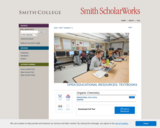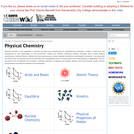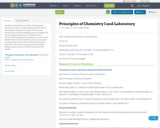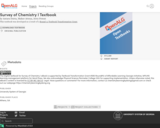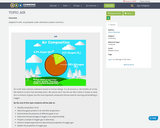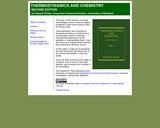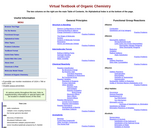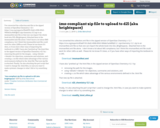
The traditional approach to teaching Organic Chemistry, taken by most of the textbooks that are currently available, is to focus primarily on the reactions of laboratory synthesis, with much less discussion - in the central chapters, at least - of biological molecules and reactions. This is despite the fact that, in many classrooms, a majority of students are majoring in Biology or Health Sciences rather than in Chemistry, and are presumably taking the course in order to learn about the chemistry that takes place in living things.In an effort to address this disconnect, I have developed a textbook for a two-semester, sophomore-level course in Organic Chemistry in which biological chemistry takes center stage. For the most part, the text covers the core concepts of organic structure, structure determination, and reactivity in the standard order. What is different is the context: biological chemistry is fully integrated into the explanation of central principles, and as much as possible the in-chapter and end-of-chapter problems are taken from the biochemical literature. Many laboratory synthesis reactions are also covered, generally in parallel with their biochemical counterparts - but it is intentionally the biological chemistry that comes first.
- Subject:
- Chemistry
- Physical Science
- Material Type:
- Textbook
- Provider:
- University of Minnesota Morris
- Date Added:
- 11/22/2024
